According to Mr. Tran Quang Bao, Director of the Department of Forestry (Ministry of Agriculture and Rural Development), the application of digital transformation and high technology is an inevitable requirement for forest management, protection and development.
On November 15, at the Forestry University (Ministry of Agriculture and Rural Development), the Department of Forestry in collaboration with the Forestry University organized a Conference on High-tech Application in Sustainable Forestry Management and Production.
Speaking at the workshop, Mr. Tran Quang Bao, Director of the Forestry Department, emphasized that currently, there is not much land left to develop new plantation forests, so in order to improve the productivity and quality of plantation wood, the application of biotechnology in improving the quality of varieties is a very important solution.
"Currently, the average productivity of planted forests nationwide is only 15 - 18m3/ha/year, this number is still low, so it is necessary to select and create native tree species and apply technology to improve the productivity and quality of planted forests," said Mr. Bao.
Meanwhile, digital transformation applications and software in measurement and positioning will have an important position and role in managing, protecting, monitoring, and granting planting area codes for raw material forests.
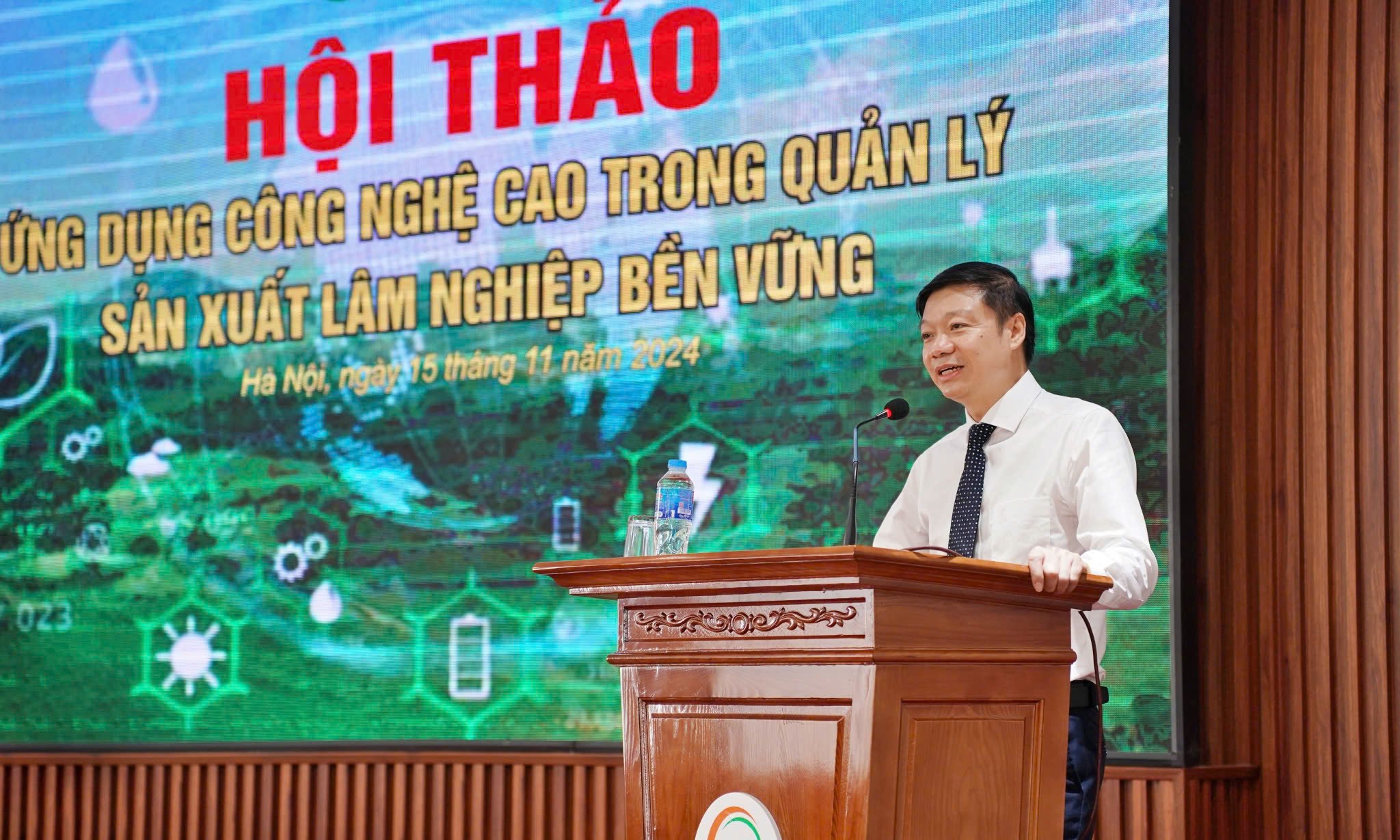
Mr. Tran Quang Bao, Director of the Department of Forestry (Ministry of Agriculture and Rural Development) said that applying high technology and digital transformation will contribute to sustainable forestry development. Photo: Bao Thang.
The report of the Department of Forestry shows that forestry has become an important economic sector with an export value of over 13.2 billion USD, contributing over 30% of the total export value of the entire agricultural sector, reaching 5% of the total export value of the whole country (in 2021 it reached 15.96 billion USD, in 2022 it reached 17.09 billion USD, in 2023 it reached 14.39 billion USD); creating jobs, improving livelihoods for people in remote, isolated, border and island areas, contributing to maintaining national security and defense, stabilizing social order; in addition, forests also play an important role in protecting watersheds, maintaining water resources, protecting coastal areas, conserving biodiversity and natural landscapes.
In recent times, the forestry sector has proactively and actively applied science and technology in forest management, protection and development, including solutions to apply information technology and implement digital transformation in forestry. This is an inevitable trend to ensure that the forestry sector meets the requirements of modernization and sustainable development.
Since 2013, the General Department of Forestry has built the Forestry Management Information System - abbreviated as FORMIS System. This system acts as a platform to receive, integrate, and connect specialized software/applications, serving the purpose of updating data, forming a specialized forestry database system.
Existing forestry specialized data has been installed and integrated into the FORMIS System, including: Forest resource database (standardized, established database from the results of the National Forest Census and Inventory and updated data on forest status announcement in 2017); National forest survey data for 5 cycles: 1990-2010 (implemented by the Forest Planning and Investigation Institute); Database on suitable site conditions for afforestation (Institute of Forest Ecology and Environment - Vietnam Forestry Science Institute); Database on payment for forest environmental services; Coastal forest database; Information on forest planting seasons; Information on special-use forests.
Currently, the main software is operating regularly to update information and data to serve the direction and management work, including: Software for monitoring and evaluating the sustainable forestry development program (the Department of Forestry, the Department of Forestry and the Forestry Sub-Departments/Departments of Agriculture and Rural Development of localities operate and update monthly forestry statistical indicators and tasks under the Sustainable Forestry Development Program); Software for monitoring forest changes (the Department of Forestry and the Forestry Sub-Departments of localities operate and regularly update forest changes); Online management/reporting application of the Department of Forestry.
In addition, units in the forestry sector have built and applied 4.0 technology to create many technological products with high practical applications, contributing to the effective management of forest resources.
Specifically, in the field of forest protection, forest fire prevention and fighting, automatic forest fire warning system; forest fire early detection system; automatic forest fire forecasting level signal signs; ground monitoring system for forest fire monitoring; forest loss early detection system.
In the field of forest product processing and trade, there is a system for tracing the origin of legally planted forest wood - ITWOOD, built by the Center for Forestry Economics, Vietnam Forestry Science Institute and is being tested.
In building a platform for developing shared information and data, there is a forestry information system - Forestry 4.0 (Institute of Forest Ecology and Environment - University of Forestry is building and researching connection with the Forestry Management Information System - FORMIS).
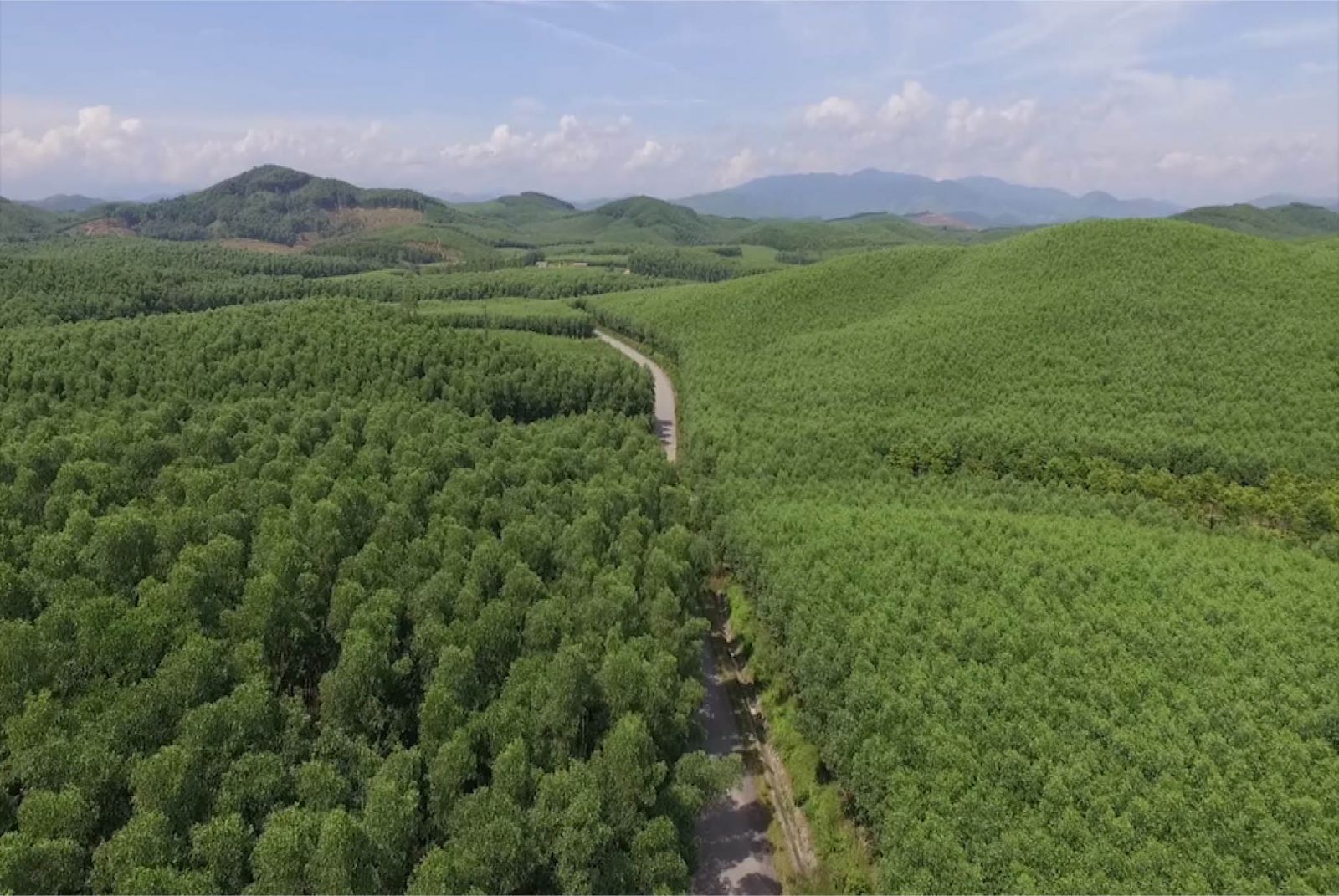
Applying digital technology is an effective solution in forest management, protection and development. Photo: TL
According to the assessment of the Forestry Department, in the field of digital transformation in forestry, the industry has soon built a foundation system, as a basis for establishing a specialized information system and database. A basic data set for the forestry industry has been established. Many digital technology applications have been developed and operated, helping to manage, operate and make decisions promptly and accurately, helping to monitor forest resources more effectively, thereby minimizing the risk of forest degradation, and improving the ability to protect forest resources.
However, due to being built a long time ago (2013), up to now, the platform system has many features and utilities that are no longer suitable to meet the increasing management and usage requirements.
The database has not been updated (forest resource data; forestry plant varieties...); information and data are still fragmented, scattered and lacking, especially in some important areas such as: planting area database; forest carbon; biodiversity of forest ecosystems; forest product processing and trade... At the same time, the database system has not been connected and communicated with localities and related units.
According to the Forestry Department, there is still a lack (or ineffective application) of smart digital technology applications and services such as Big Data Analytics; artificial intelligence technology - AI (AI application to analyze images and data from satellites, drones or sensors; support tree identification, identify damaged or illegally cut forest areas...); applications in tracking wood origin; real-time forest management and monitoring platform; analysis of carbon and greenhouse gas emissions from forests...
In addition, digital transformation requires large investments in technology infrastructure, from machine networks, equipment to analytical software. This requires large funds, while the budget for investment is very difficult. There is a lack of highly qualified human resources and skills in digital technology and data management.
Digital transformation requires coordination among many stakeholders, from government agencies, businesses to local communities. However, synchronization and ensuring data security are still difficult.
Regarding the orientation of digital transformation of the forestry sector in the coming time, the Department of Forestry has determined to build a comprehensive digital forestry ecosystem, from forest management, resource exploitation, to environmental protection and sustainable development, improving the capacity to manage and monitor forest resources accurately and promptly through digital technology applications. Enhance the effectiveness of digital technology applications in the management and implementation of work of forestry agencies at all levels.
The Forestry Department also proposed a number of solutions to promote digital transformation in forestry such as: Investing in technology infrastructure/digital infrastructure; building a comprehensive database system (data warehouse) on forestry to store, enhance connectivity and share information nationwide.
Develop smart applications and services in the management and monitoring of forest resources, biodiversity of forest ecosystems and specific areas of the industry. Strengthen cooperation with technology enterprises and international organizations to mobilize resources and experience for the digital transformation process. Promote training of human resources with digital technology skills, while raising awareness of digital transformation for forestry officials at all levels. Establish a clear and unified legal mechanism for data management and information security to ensure efficiency and safety during implementation.
Source: https://danviet.vn/chuyen-doi-so-giai-phap-quan-trong-trong-bao-ve-phat-rung-ben-vung-20241115102109737.htm








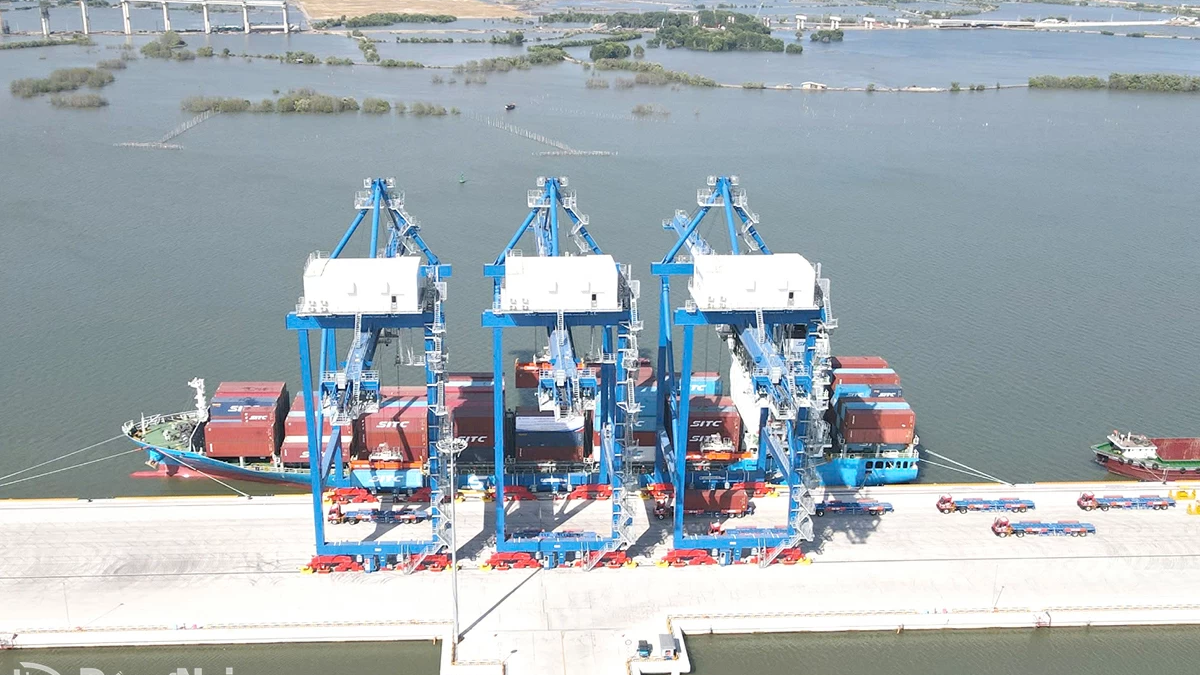


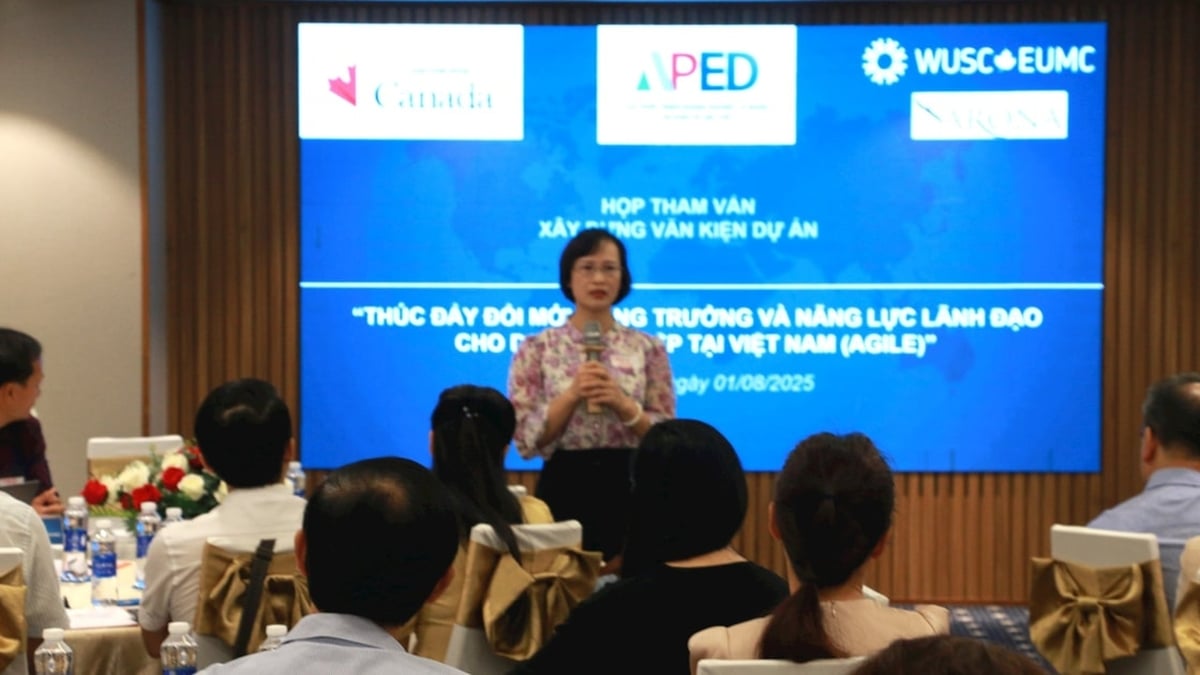


























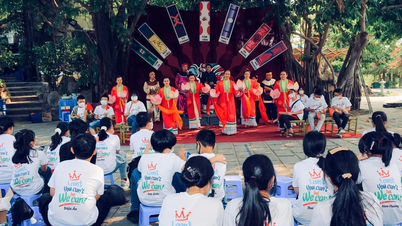
















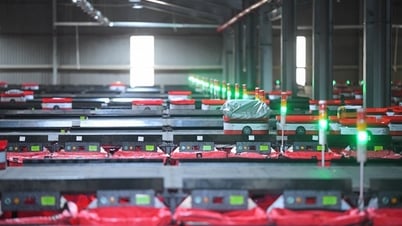



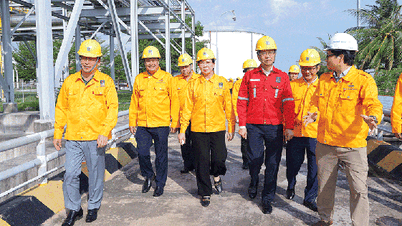












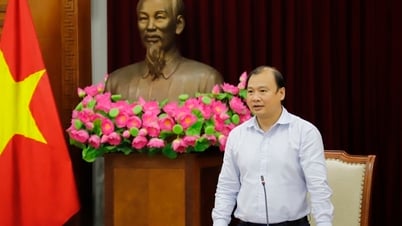

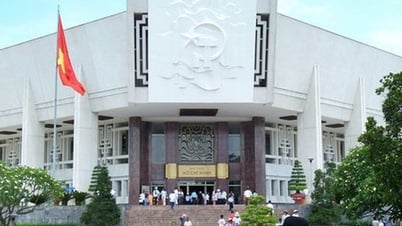


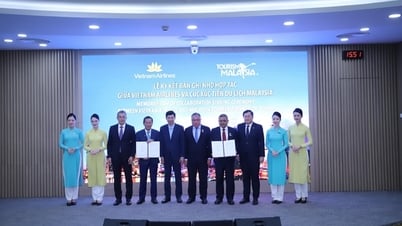
























Comment (0)